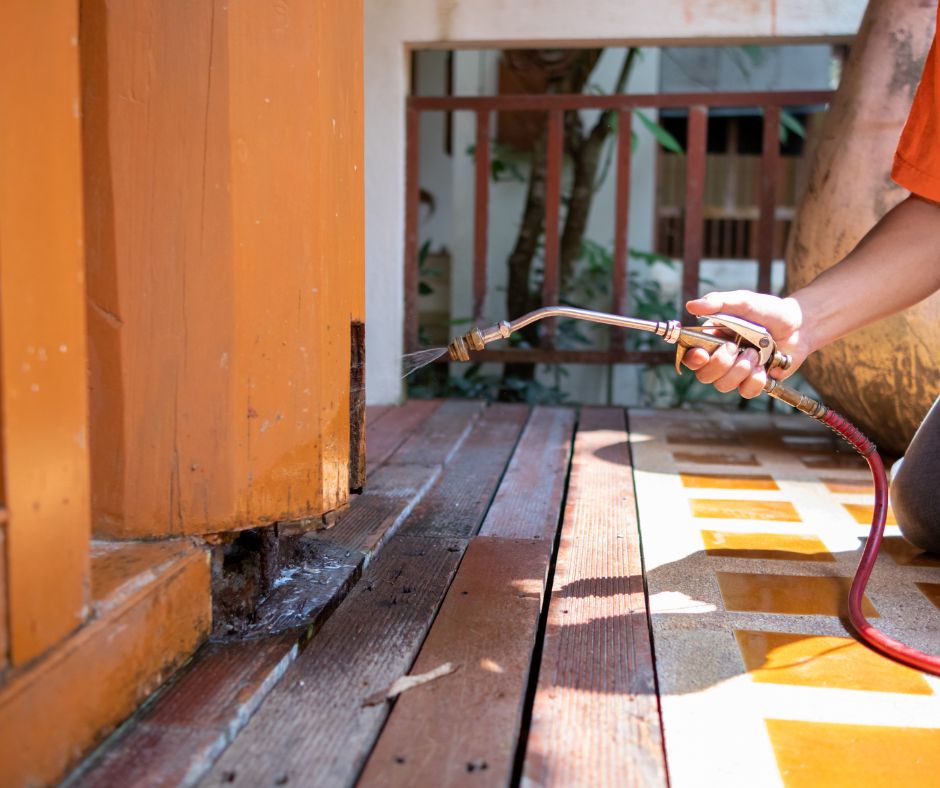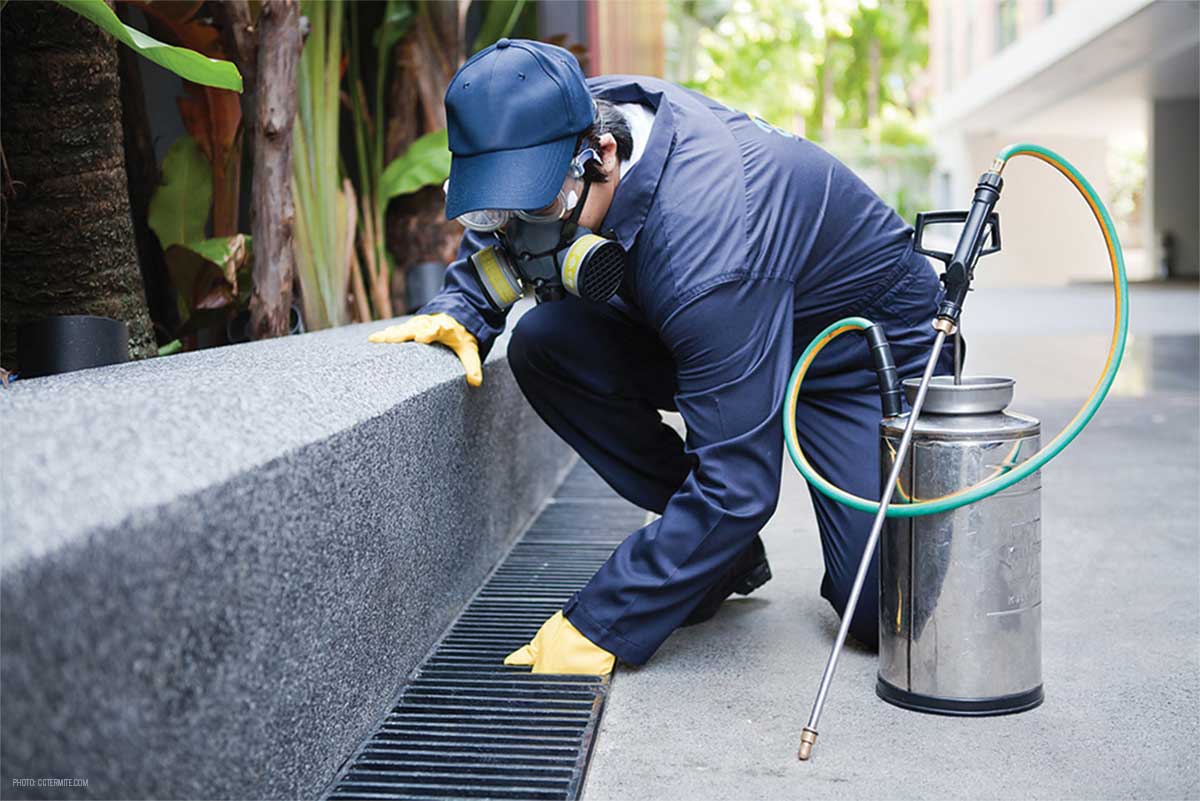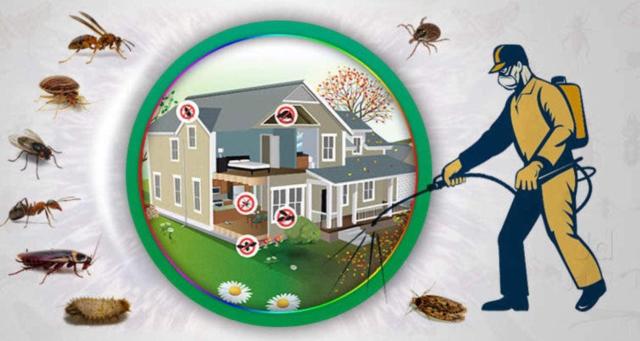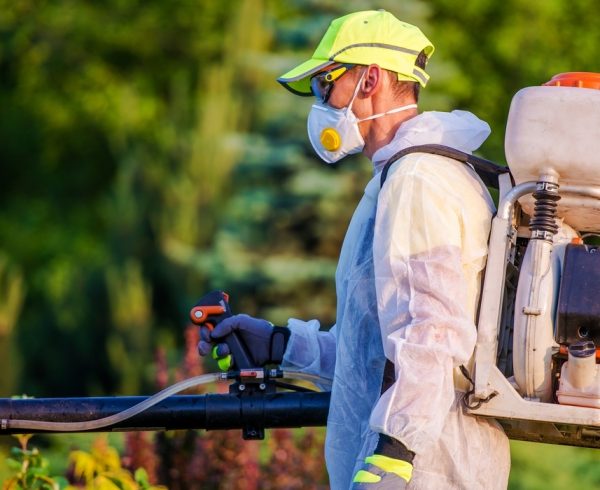Affordable Pest Control in Charlotte County FL
Affordable Pest Control in Charlotte County FL
Blog Article
Comprehensive Guide to Understanding Insect Control Approaches and Their Treatment
Recognizing parasite control approaches is crucial for effective monitoring of undesirable microorganisms that posture risks to health and wellness, farming, and residential property. This thorough overview will certainly check out different techniques, including chemical options, biological methods, and mechanical approaches, all under the umbrella of Integrated Insect Administration (IPM) As we check out these techniques, it comes to be significantly clear that the option of technique can substantially affect both human rate of interests and eco-friendly equilibrium. What elements should be taken into consideration when selecting the suitable bug control method for a details scenario? The response might cause even more sustainable techniques than one may at first presume.
Overview of Insect Control Methods
Pest control methods incorporate a selection of strategies made to manage and eliminate unwanted organisms that can damage human wellness, farming, and residential or commercial property. Reliable parasite monitoring is vital for preserving the honesty of environments and ensuring the safety of food materials. These methods can be broadly categorized right into three key techniques: social, mechanical, and biological controls.

Social control includes customizing farming techniques or ecological conditions to reduce pest facility and reproduction. Mechanical control counts on physical obstacles or gadgets to stop parasite gain access to or directly remove them.
Organic control utilizes natural killers, bloodsuckers, or microorganisms to manage pest populaces. This method highlights ecological balance and can include introducing advantageous bugs, such as ladybugs or predatory nematodes, to manage pest presence.
Integrated pest management (IPM) incorporates these approaches, using a holistic approach that stresses avoidance, surveillance, and accountable administration. By using a blend of these techniques, bug control can be much more sustainable and reliable, decreasing reliance on chemical interventions while safeguarding human health and the setting.

Chemical Insect Control Solutions
A variety of chemical insect control services are offered, providing effective choices for handling insect populaces when various other approaches may drop short. These options mostly include insecticides, herbicides, fungicides, and rodenticides, each designed to target details pests while lessening damage to non-target microorganisms.
Pesticides are especially reliable against a variety of bugs, including ants, cockroaches, and termites, and can be categorized as call or systemic agents. Call pesticides eliminate parasites on contact, while systemic pesticides are absorbed by plants, making them hazardous to insects that feed on them. Herbicides are utilized to regulate undesirable plant life, whereas fungicides are important for taking care of fungal diseases that can harm crops and ornamental plants.
Furthermore, incorporated parasite management (IPM) concepts should be used, combining chemical services with social, mechanical, and biological techniques for sustainable parasite control. This holistic approach not only enhances pest administration performance however also reduces possible ecological impacts linked with chemical use.
Biological Parasite Control Strategies
Biological insect control strategies provide an eco-friendly alternative to chemical techniques by utilizing all-natural predators, bloodsuckers, or microorganisms to handle pest populations. This method leverages the eco-friendly connections between microorganisms, advertising Visit This Link a balanced community while lessening chemical residue in the setting.
Among one of the most common organic control methods includes the intro of all-natural adversaries. For circumstances, ladybugs are used to control aphid populaces, while parasitic wasps can target caterpillars and various other parasites. These all-natural killers efficiently minimize pest numbers without hurting advantageous pests.
In addition, microbial representatives such as microorganisms, fungis, and infections are made use of to contaminate and kill details parasites. Bacillus thuringiensis (Bt), a normally occurring bacterium, is commonly made use of to control caterpillars and various other larvae, showcasing the effectiveness of microbial bug control.

Physical and Mechanical Techniques
Regularly used in integrated parasite administration methods, physical and mechanical methods offer as reliable tools for controlling insect populations without making use of chemicals. These strategies depend on physical obstacles, traps, and various other mechanical tools to prevent or remove pests, making them eco-friendly alternatives.
Physical approaches include the usage of obstacles such as insect netting, screens, or row covers that physically obstruct insects from accessing plants. This is particularly beneficial have a peek here in farming settings where crop protection is vital. Additionally, habitat manipulation, such as getting rid of particles and standing water, can minimize pest reproducing sites, thus decreasing invasions.
Mechanical approaches incorporate traps, which can be designed to capture particular pests. Sticky catches and pheromone traps prevail examples that tempt and maintain bugs, helping with tracking and control. Vacuuming is an additional mechanical technique, reliable for eliminating parasites from interior atmospheres, particularly in cases of infestations.
Preventative Parasite Administration Strategies
Reliable preventative bug monitoring techniques are vital for keeping healthy settings and minimizing pest-related problems before they occur (Pest Control in Port Charlotte, FL). These approaches focus on positive procedures that lower the possibility of parasite infestations by resolving the origin

Another important technique includes correct landscaping techniques (Pest Control in Port Charlotte, FL). Keeping greenery cut and far from buildings can decrease harborage locations for pests. Similarly, carrying out incorporated insect management (IPM) strategies that include keeping an eye on parasite populaces and employing biological controls can foster a well Visit Website balanced environment that normally subdues pest numbers.
Education and learning and training for team and homeowners on recognizing very early indicators of bug task are likewise essential components of an efficient preventative program. By promoting a setting of understanding and caution, organizations and homeowners can substantially improve their pest monitoring initiatives and secure their rooms against future infestations.
Conclusion
Using an Integrated Bug Monitoring (IPM) structure allows for the sustainable administration of parasites while decreasing environmental effect. Ultimately, a detailed understanding of these varied pest control techniques is important for attaining effective outcomes in pest monitoring campaigns.
Report this page